Hay plays an essential role as animal fodder globally, particularly within the dairy industry. As a hay producer preparing to begin your harvest, you might be pondering the anticipated output. Therefore, what factors should you take into account? Furthermore, how many bales of hay can you anticipate producing per acre?
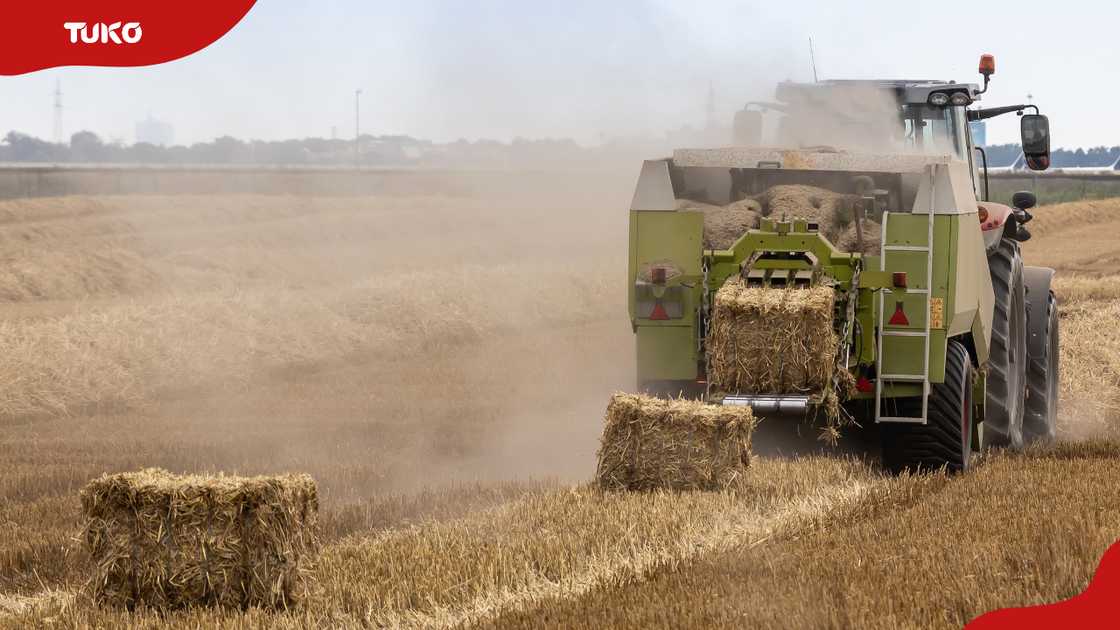
If you're considering getting into hay farming but aren't sure if it’s a worthwhile venture, start with thorough research to make certain you see a return on investment. Factors like soil quality, choice of grass variety, climate conditions, and cultivation methods are crucial. However, beyond these elements, what additional aspects should you ponder to optimize your hay production?
What is the average number of hay bales you can produce per acre?
As stated by Graduate Farmer, in Kenya, the output of hay farming can vary between 200 to 300 bales per acre per harvest. Nonetheless, this number fluctuates based on various elements including the species of grass used, the quality of the soil, and climatic circumstances.
In the most unfavorable situation, with below-par conditions, the amount of hay produced per acre may considerably decrease. Factors like inadequate soil nutrients, water shortages, and inferior types of grass can diminish output. Under these circumstances, it would be advisable to gather approximately 100 to 150 bales per acre for each harvesting session (as seen in Kenya).
Do all hay bales have identical dimensions?
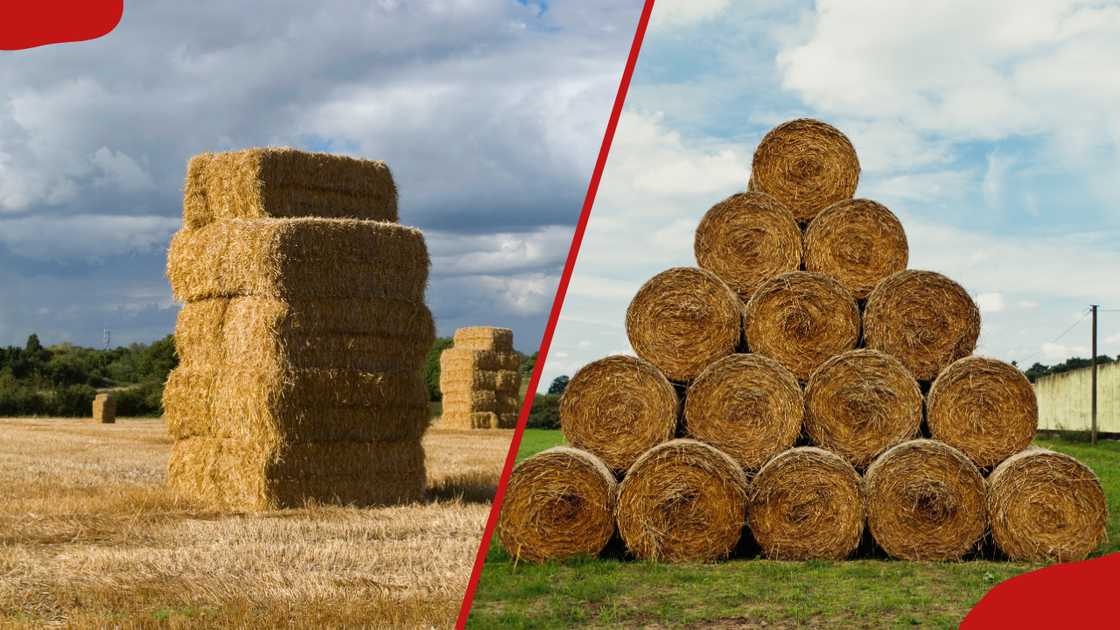
Hay bales vary in size depending on the location or area. As an illustration, Smart Farmer Kenya mentions that the typical traditional two-strand hay bale ought to be 90 cm long, 45 cm wide, and 35 cm high, with a weight of at least 15 kg under ideal circumstances ranging from 18-22 kg.
Globally, the dimensions of hay bales differ. According to Measurement Guidelines, the typical sizes (on average) are as follows:
- Small hay bales: Begin with dimensions of 18 × 35 × 14 inches (46 × 89 × 36 centimeters) and a weight of approximately 50 pounds (23 kilograms).
- Big cylindrical bales of hay: Measure 5 feet in width by 6 feet in height (1.5 × 1.8 meters), with a weight of approximately 1,500 pounds (680 kilograms).
What is the number of small square bales produced per acre?
In Kenya, the typical output for small square bales of Boma Rhodes grass ranges from approximately 200 to 275 bales, with each bale weighing about 15 kilograms, per acre of land. On an international scale, however, the production varies between 70 to 150 bales per acre, where each bale weighs either 50 pounds or roughly 22.6 kilograms, typically for Orchard grass varieties.
What is the number of round bales produced per acre?
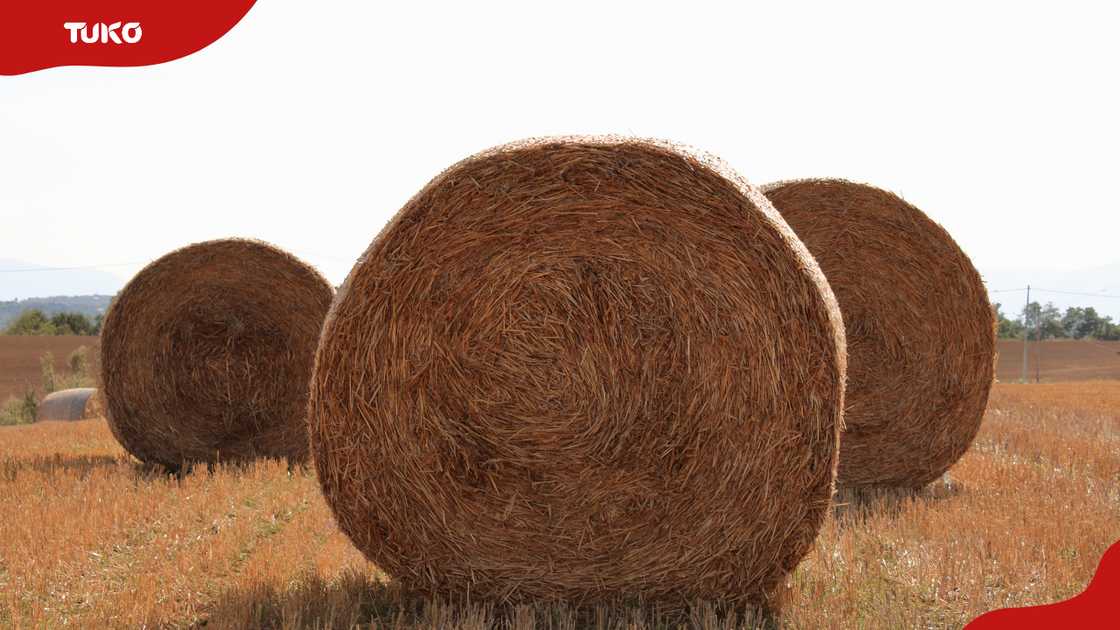
Large-scale farming usually favors larger round bales due to their size advantage. Generally, under optimal growing circumstances with good quality hay stands, one acre typically produces between 2 and 4 round bales.
When operating with a conventional 4x4 round baler, you might see a modestly elevated output. However, opting for bigger 5x5 round bales could lead to producing fewer bales per acre because of their enhanced dimensions.
What is the number of 5x5 round bales produced per acre?
Based on the hay’s density and moisture level, a typical 5x5 round bale usually ranges from 800 to 1,200 pounds in weight. Given these substantial bales, anticipate approximately 1.5 to 2.5 bales being needed per acre.
If you aim to maximize output, make sure to cut at the right time and prevent over-drying, since losing too much moisture can reduce the bale's compactness.
What is the number of hay bales produced per acre?
Another common phrase for round bales is "rolls of hay." The anticipated output can vary based on the size of the bale. With typical 4x5 bales, you could expect around 2 to 3 rolls produced per acre.
What is the production rate of hay per acre?
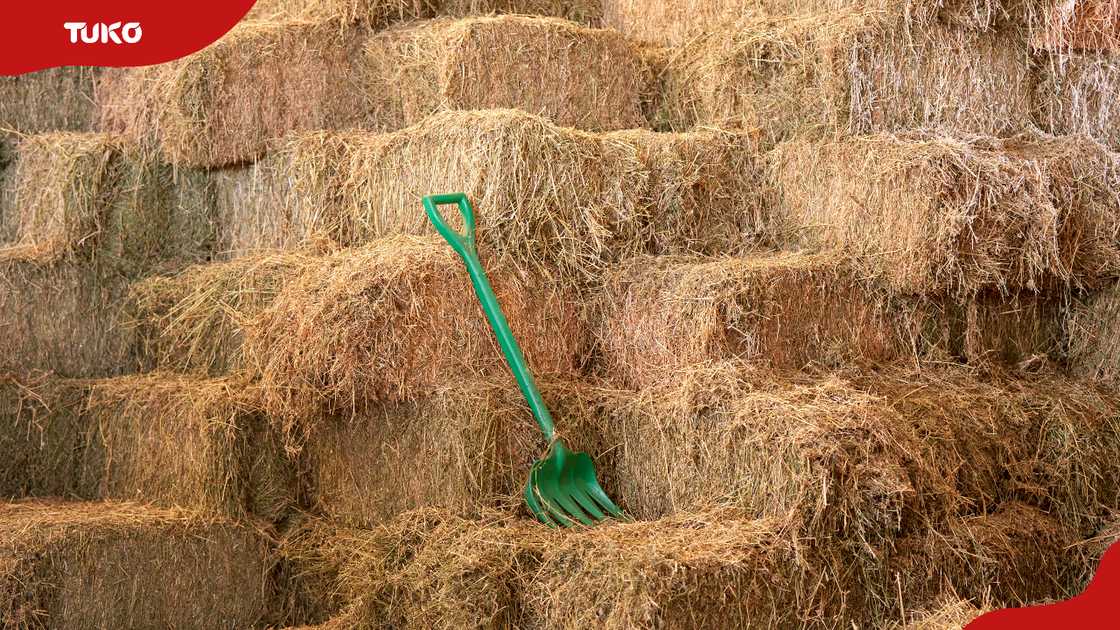
Three primary sizes of hay bales exist. Large cylindrical bales produce roughly five bales per acre, whereas large square bales generate around 40 bales per acre. Small square bales result in anywhere from 100 to 300 bales per acre.
What is the average number of hay bales produced per acre in Kenya?
In Kenya, farmers cultivating hay can produce anywhere from 200 to 300 bales per acre, varying based on factors such as the species of grass used, the condition of the soil, and their agricultural techniques.
What is the number of bale per acre?
Regarding Boma Rhodes grass grown in Kenya, you generally anticipate producing an average of 200 to 300 bales per acre, with each bale being approximately 15 kilograms. Conversely, in countries such as the United States, Canada, Australia, Spain, and Italy, alfalfa hay from legume plants may generate up to 120 bales per acre. On the other hand, orchard grass usually produces anywhere from 20 to 60 bales per acre.
What method do you use for calculating bales per acre?
To determine the number of bales per acre, you may utilize the subsequent formula provided by Build Wise Calculator:
The number of bales can be calculated using this formula: Number of bales = Field size (acres) × Yield per acre (tons) × 1000 / Bale weight (kilograms).
Here's a step-by-step explanation:
- Field size (acres): The overall size of the area where you're cutting hay.
- Yield per acre (tonnes) The overall quantity of hay generated per acre, calculated in metric tons. Note that one metric ton is equivalent to 1000 kilograms.
- Bale weight (Kilograms): In this scenario, every bale weighs 15 kilograms.
If you have a field size of 1 acre with a yield of 2 tonnes (or 2000 kilograms) per acre, the computation would look like this:
The number of bales equals 1 × 2 × 1000 / 15 ≈ 133 bales per acre.
Based on the scenario provided, you would yield roughly 133 bales per acre, with each bale weighing around 15 kilograms.
What is the profit potential for growing hay in Kenya?
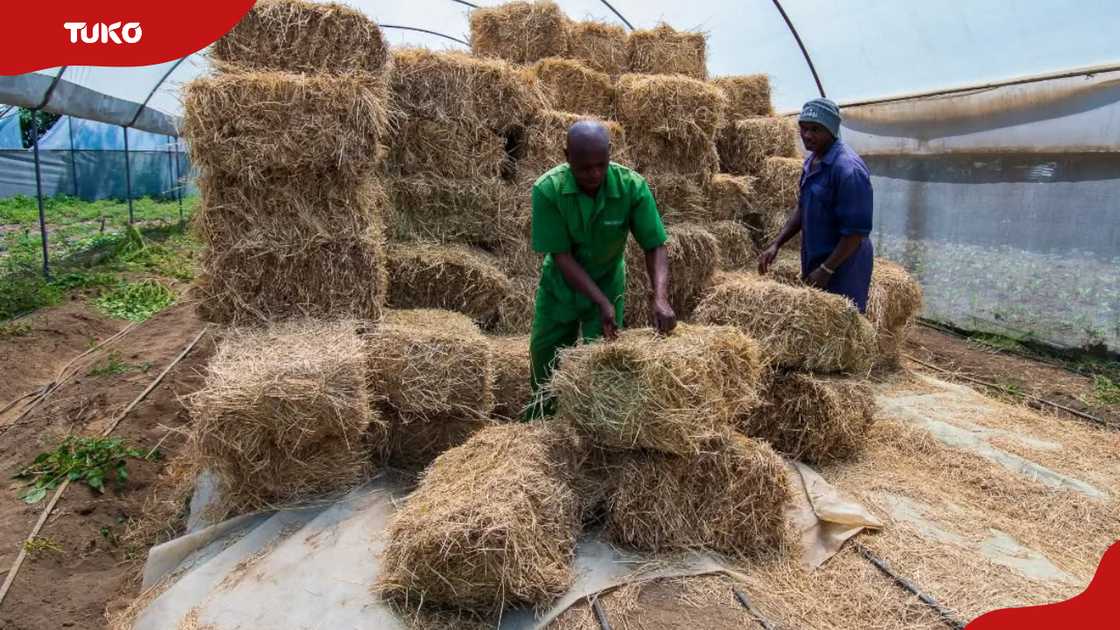
Kenyan hay cultivation has the potential for substantial earnings, as many farmers have managed to secure significant incomes from this activity. Various elements may influence the financial gains from growing hay, such as the expense related to capital investment, costs associated with storing the produce, and market prices for hay.
What type of grass is most commonly used for hay production in Kenya?
In Kenya, the most frequently utilized grass for hay production is Boma Rhodes grass due to its substantial output, excellent nutrient content, and resilience during dry periods. Additionally, Napier grass, also referred to as elephant grass, is widely favored because of its rapid development and capability to thrive under different soil types and weather circumstances.
Lucerne (alfalfa) is the most frequently utilized legume crop for producing hay. Due to its substantial protein levels and easy digestibility, Lucerne hay is excellent for nourishing dairy cows, horses, and various types of farm animals.
Final word
Now that you understand the number of hay bales per acre you can produce, it’s crucial to ensure optimal conditions for harvesting. This includes timing the harvest correctly, maintaining fertile soil, drying the hay adequately, and keeping your machinery in good condition. Additionally, monitoring the weather and thoroughly preparing your fields will significantly enhance your results.
Are you seeking detailed insights into the top agricultural courses available in Kenya? You might find the comprehensive list featured in an educational piece on INSPIRATIONS DIGITAL.co.ke quite helpful as it covers different areas within agriculture that you can explore in the country.
Agriculture is a highly sought-after field of study in Kenya, with various educational institutions providing courses at multiple levels. Whether your interest lies in dairy technology, sustainable farming practices, or managing agricultural businesses, there are plenty of choices available. For further details, consider reading the article.



0 Comments